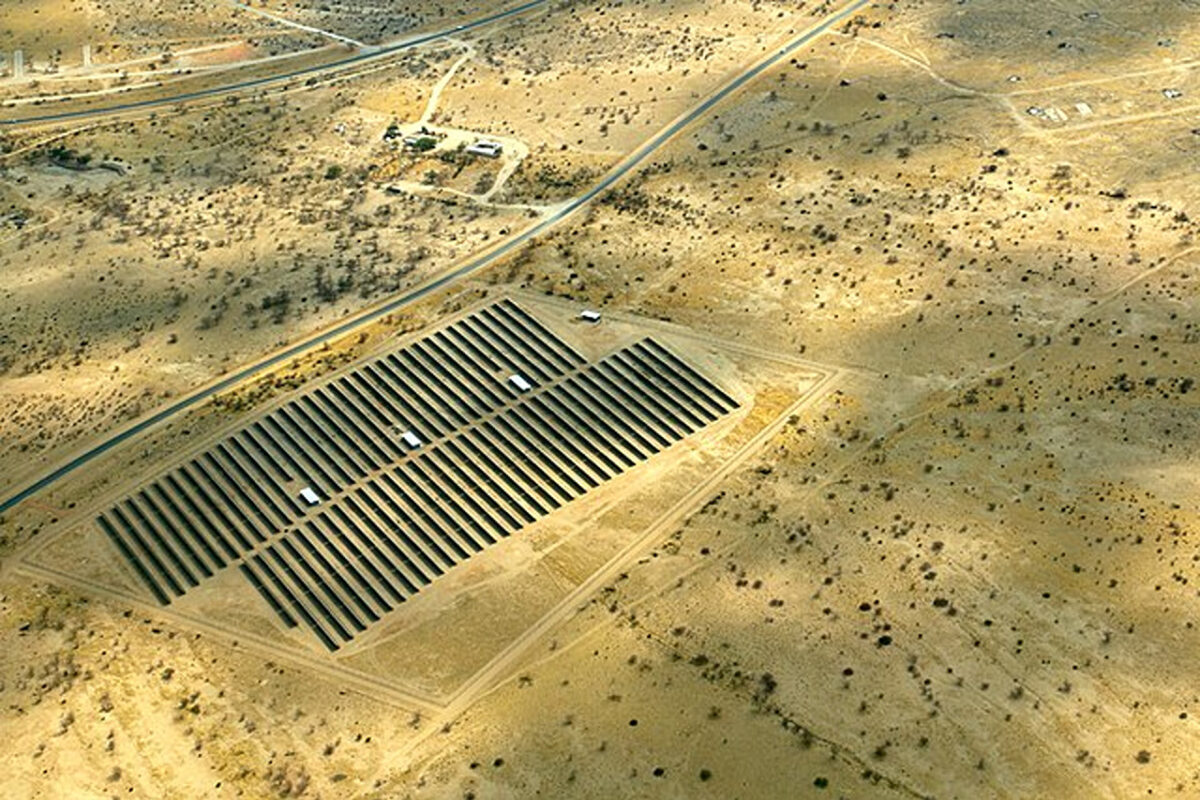Scientists from Huaqiao University in China have designed a perovskite solar cell that utilizes a hole-selective interlayer inhibiting ion diffusion to increase the device's stability.
Ion migration is considered the key cause of instability for perovskite solar cells. It occurs when the soft crystal lattice and relatively weak bonds in the perovskite film lead to low formation energies of defects, so heat and light could easily activate ionic defects within the perovskite lattice. The accumulation of ions deforms the local crystal structure and degrades the perovskite film, both the electron transport layer (ETL) and hole transport layer (HTL), as well as the electrodes.
“The idea of incorporating a hole-selective interlayer in perovskite solar cells was inspired by proton exchange membrane (PEM) fuel cells, where the PEM serves as a proton conductor while blocking the diffusion of other chemical species,” the researchers explained. “Designing internal barriers that block the layer-to-layer ion diffusion is critically important to improve the operation lifetime of perovskite solar cells.”
The research team built the hole-selective interlayer with an ultrathin polymeric material known as PDTBT2T-FTBDT (D18), which reportedly offers conformal coverage on the surface of perovskite film due to the high fluidity of its diluted solution. It also features matched energy level alignment with the perovskite absorber and the Spiro-OMeTAD HTL.
The academics deposited the interlayer by spin-coating a hot chlorobenzene (CB) solution of D18 on top of the perovskite film, which reportedly led to the formation of a dense membrane. They constructed the solar cell with a substrate made of glass and fluorine-doped tin oxide (FTO), an ETL based on tin oxide (SnO2), a perovskite absorber, the D18 interlayer, the Spiro-OMeTAD HTL, and a gold (Au) metal contact.

The group assessed the interlayer's effectiveness of inhabiting ion diffusion and found it provides superior performance compared to the most commonly used polymers P3HT and PTAA. “The results show that the D18 layer has robust ion-blocking capability under thermal stress,” it further explained. “D18 is in close contact with the perovskite grain and grain boundary, providing conformal coverage.”
The proposed 0.12 cm2 solar cell was tested under standard illumination conditions and was found to achieve a power conversion efficiency of 26.39%, an open-circuit voltage of 1.185 V, a short-circuit current of 26.54 mA cm−2, and a fill factor of 83.92%. For comparison, a reference cell built without the D18 layer reached an efficiency of 24.43%, an open-circuit voltage of 1.152 V, a short-circuit current of 26.39 mA cm−2, and a fill factor of 80.37%.
“We have shown that the introduction of the polymeric D18 interlayer can effectively block layer-to-layer ion diffusion within perovskite solar cells while maintaining highly efficient hole transport, leading to significantly improved stability of the n-i-p cells with a certified efficiency of over 26%,” the researchers said, noting that the cell was also able to retain 95.4% of its initial efficiency after 1,100 h.
They also claimed the device is currently the “most stable” perovskite solar cell with high efficiency levels.
The new cell concept was presented in the study “Ultrathin polymer membrane for improved hole extraction and ion blocking in perovskite solar cells,” which was recently published in nature communications.
This content is protected by copyright and may not be reused. If you want to cooperate with us and would like to reuse some of our content, please contact: editors@pv-magazine.com.




By submitting this form you agree to pv magazine using your data for the purposes of publishing your comment.
Your personal data will only be disclosed or otherwise transmitted to third parties for the purposes of spam filtering or if this is necessary for technical maintenance of the website. Any other transfer to third parties will not take place unless this is justified on the basis of applicable data protection regulations or if pv magazine is legally obliged to do so.
You may revoke this consent at any time with effect for the future, in which case your personal data will be deleted immediately. Otherwise, your data will be deleted if pv magazine has processed your request or the purpose of data storage is fulfilled.
Further information on data privacy can be found in our Data Protection Policy.